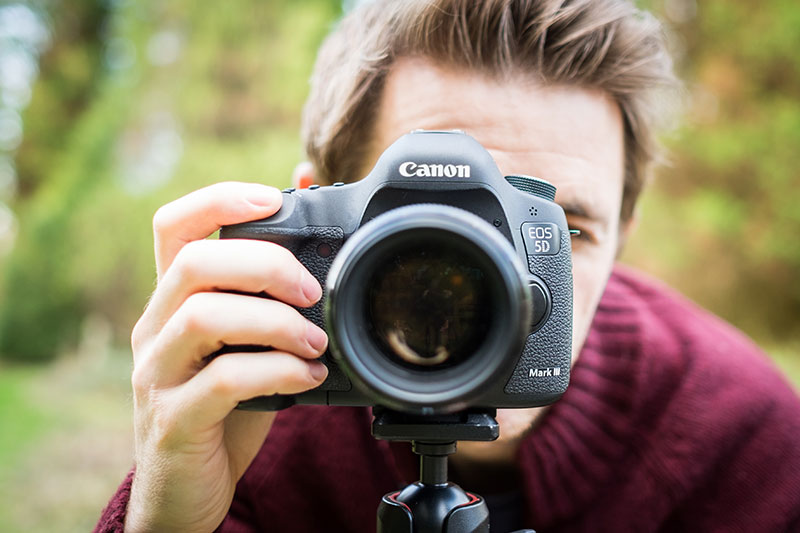
What is contemporary art?
There are many types of art around the world. Each is different…

What to Consider when buying a second hand camera
As a consumer, it's your responsibility to check and confirm…


Art house Gallery was created to promote artists from all over the world.
